How America Won World War I
The US Military Victory in the Great World WarThe Causes, the Course, and the Consequences
Alan Axelrod


An imprint of Globe Pequot
Distributed by NATIONAL BOOK NETWORK
Copyright 2018 by Alan Axelrod
All rights reserved. No part of this book may be reproduced in any form or by any electronic or mechanical means, including information storage and retrieval systems, without written permission from the publisher, except by a reviewer who may quote passages in a review.
British Library Cataloguing in Publication Information available
Library of Congress Cataloging-in-Publication Data Is Available
ISBN 978-1-4930-3192-4 (hardcover)
ISBN 978-1-4930-3193-1 (e-book)
 The paper used in this publication meets the minimum requirements of American National Standard for Information SciencesPermanence of Paper for Printed Library Materials, ANSI/NISO Z39.48-1992.
The paper used in this publication meets the minimum requirements of American National Standard for Information SciencesPermanence of Paper for Printed Library Materials, ANSI/NISO Z39.48-1992.
For Anita and Ian
Introduction
Wrong Turn in Sarajevo
On June 15, 1389, Murad I, sultan of the Ottoman Empire, led an army of as many as forty thousand troops against perhaps thirty thousand Serbs under Prince Lazar Hrebeljanovi, founder of Lazars state, in which medieval Serbs saw the hope for their former empires resurrection. The two rulers and their armies met at Kosovo Field, northwest of Pristina, today the largest city in Kosovo. There the armies of Ottoman Islam and Serbian Christianity promptly annihilated one another nearly to the man and including both commanders, Murad and Lazar. Only because the Serbs could not muster enough men from among the civilian population to replace their catastrophic losses, the Ottomans under Murads son, Bayezid, eventually conquered them and held them in subjugation until the sixteenth century.
The day of the battle, adjusted for the difference between the Old Style Julian calendar and the New Style Gregorian calendar, has been continuously celebrated by Serbs as Vidovan (St. Vituss Day), a secular and sacred holiday that stirs profound emotion. And so it would have been celebrated in the city of Sarajevo, capital of Bosnia and Herzegovina, on June 28, 1914, were it not for the discordant note struck by the official visit of Archduke Franz Ferdinand and his wife, the Grand Duchess Sophie. The heir presumptive to the Austro-Hungarian throne, which had ruled Bosnia and Herzegovina since 1878, had deliberately chosen the great national holiday of its colony to make a highly publicized state visit.
Franz Ferdinand felt compelled to assert his imperial authority in a Balkan capital. Like his uncle, Emperor Franz Josef I, he was keenly aware that Austria-Hungary was an empire in jeopardy. Chronically wracked by violence, the Balkan Peninsula had just come through the convulsion of two costly wars: the First Balkan War of 19121913 and the Second Balkan War of 1913. The first pitted the Balkan states of Bulgaria, Serbia, and Greece against Turkey and resulted in the loss of most of Turkeys European possessions. In the second, Bulgaria squared off against Serbia, Greece, Romania, and Turkey. That war ended with Turkey losing even more of its European foothold. Not only did these conflicts fail to resolve the tensions in southeastern Europe, the fraying fringe of Austria-Hungary, but they also left the region burning with a new nationalism. Prior to the wars, the Balkan countries had been torn between Turkey and Austria (and then Austria-Hungary), the regions major powers. Now they sought independence, even as they forged a pan-Slavic ethnic bond with Russia, which eagerly offered itself as the defender of all who proclaimed themselves Slavs.
Russias embrace of the Slavic Balkans was ostentatiously public, but within the Balkans themselves, the movement toward the creation of a single great Slavonic state was conducted covertly. In Serbia, at the time the most powerful independent state in the region, a secret society calling itself Omladina (Youth) plotted a coup against the Serbian government for the purpose of taking the nation into a union with other Balkan states as well as parts of Poland, Moravia, Silesia, and Romania. On June 10, 1868, Omladina assassins dressed in formal black suits approached the carriage of Mihailo ObrenoviPrince Michael of Serbiaand shot him, his mistress, and her mother. Of the three, only the mistress survived. Some years later, agents of Omladina fomented a partially successful uprising against Serbian king Milan I, who abdicated in 1889 to his son, Alexander I, after adopting a liberalized constitution. Early in the morning of June 11, 1903 (May 29 by the Old Style Julian calendar still used in Serbia), Omladina men entered the Serbian royal palace, searched it, and found Alexander and his wife, Queen Draga, hiding in a secret chamber located behind a bedroom mirror. They executed the pair by gunshot and then mutilated, disemboweled, and hurled them through a second-floor palace window. The royal couple landed on a pile of garden manure.
In 1908, the Omladina renamed itself Narodna Odbrana (National Defense), and affiliated groups were formed in Slovenia, Istria, and in Bosnia and Herzegovina, where it was called Mlada Bosnia (Young Bosnia). In May 1911, Narodna Odbrana morphed into a secret society with a more sinister name, Ujedinjenje ili Smert : Unity or Death. The Serbian parliament, in fear and trembling, called it the Black Hand. Its members were chiefly Serbian army officers, and its leader was a former Serbian colonel, Dragutin Dmitrievich, who adopted the nom de guerre, Apis , The Bull. It was a sobriquet he had earned in 1903 as one of the bloody assassins of the Serbian royal couple. The police hunted him after that killing, found him, gunned him down, and then left him for dead. The Bull proved too strong for their bullets. He recovered, went into hiding, and then stepped up to leadership of the Black Hand.
Unsurprisingly, under Apis, the Black Hand was not so much a political or even an insurgent organization as it was a hit squad. Apis recruited his assassins mostly from among radical or radically inclined university students, and he especially singled out young men infected with the universal plague of the turn of the centurytuberculosis. Among the Bulls finds was one Gavrilo Princip. Gavrilo had been born on his fathers farm in West Bosnia on June 13, 1894. At least, that was the date the local priest recorded in the parish register. When the cleric transcribed this date into the civil register, he suffered a slip of the pen, writing July instead of June . This error concerning an obscure record about an obscure boy would change history.
Gavrilos father raised sheep, and he raised his son to shepherd them. This was not good enough for the boys mother, however, who persuaded her husband to send Gavrilo to school. After his elementary education, the young man attended a business school in Belgrade. In the Serbian capital city, he boarded at the home of Danilo Ilic, a nationalist and pan-Slav who dreamed of uniting the Balkans in a great state free from Austro-Hungarian oppression. In Princip, Ilic found a ready listener and convert. Fired up, in 1912 Princip offered himself for enlistment in the Serbian army, which turned him down as obviously undersized and just as obviously consumptive. The rejection hit him hard. He became apathetic, lost interest in school, made no attempt to find employment, and looked in vain for a purpose beyond begging scraps of food and sleeping in doorways. To anyone who would listen, Princip spoke of revolution. One of the few who did listen to the ailing young derelict was nineteen-year-old Nedeljko Cabrinovic. Indeed, the two avidly traded fantasies of killing Archduke Franz Ferdinand, the Austro-Hungarian heir presumptive.
Next page




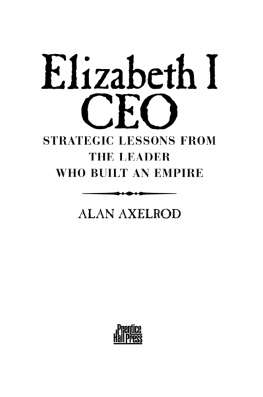

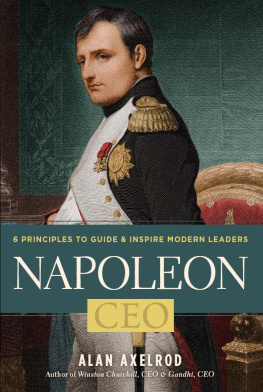




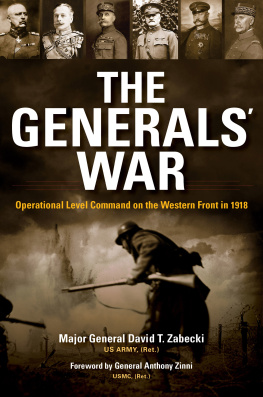
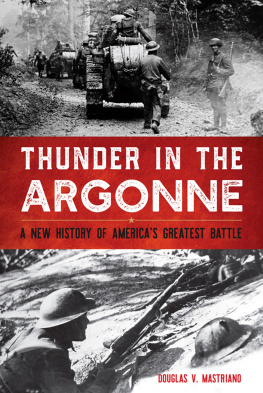


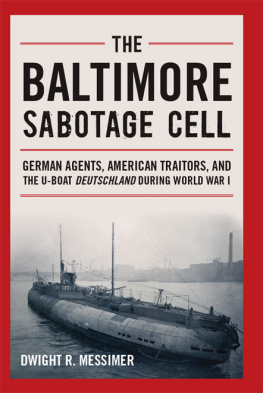
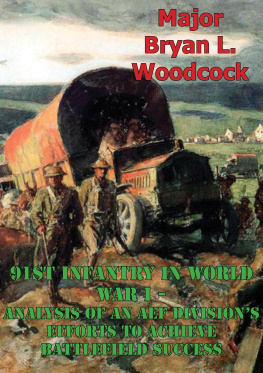


 The paper used in this publication meets the minimum requirements of American National Standard for Information SciencesPermanence of Paper for Printed Library Materials, ANSI/NISO Z39.48-1992.
The paper used in this publication meets the minimum requirements of American National Standard for Information SciencesPermanence of Paper for Printed Library Materials, ANSI/NISO Z39.48-1992.